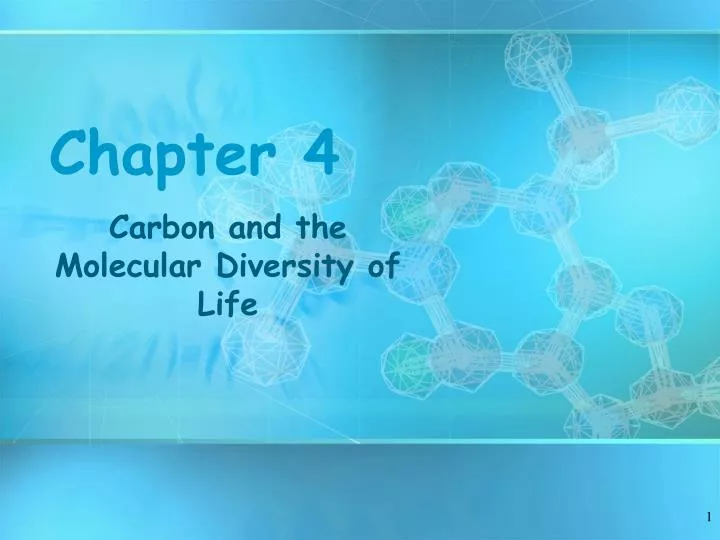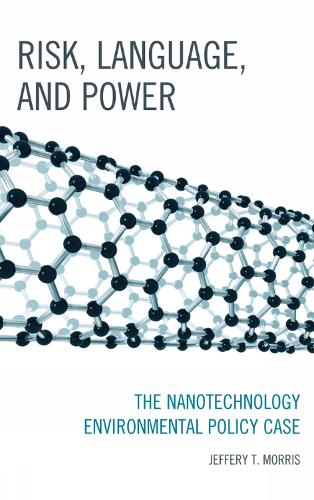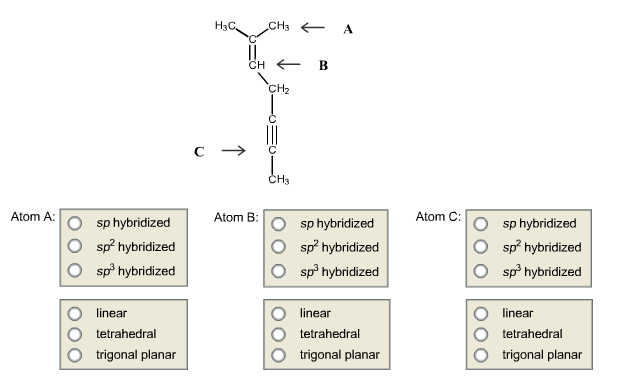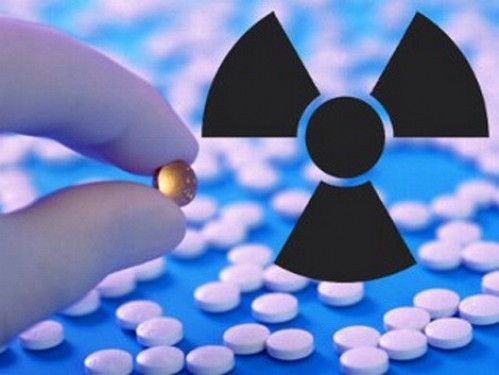Carbon dating risks
Data: 3.09.2017 / Rating: 4.7 / Views: 516Gallery of Video:
Gallery of Images:
Carbon dating risks
Carbon14, 14C, or radiocarbon, is a radioactive isotope of carbon discovered on February 27, 1940, by Martin Kamen and Sam Ruben. Its nucleus contains 6 protons and. Arnold Title: Carbon14 Handling Precautions Author: PerkinElmer Life and Analytical Sciences Keywords: 14c, c safe handling Created Date Carbon 14 is a naturally occurring radioactive isotope of carbon, best known for its use in radiocarbon dating. The greatest health risk from large intakes of. Radiocarbon dating compares the amount of normal carbon with the amount of radioactive carbon in a sample. The normal carbon atom has six protons and six neutrons in its nucleus, giving a total atomic mass of 12. It is a stable atom that will not change its atomic mass under normal circumstances. Archaeologists vehemently disagree over the effects changing climate and competition from recently arriving humans had on the. Radioactive decay is used in carbon dating, fracking and radiotherapy. Dangers of radiation include causing cancer. Radiocarbon dating is a method of obtaining age estimates on organic materials. The word estimates is used because there is a significant amount. Carbon Dating The premise, the method, and the controversy. What do scientists think about this popular dating method? Radioactive decay Feb 15, 2010Can you provide me a list of some hazards, and the methods of handling Carbon14? (radioactive isotope) Carbon14 dating is an inaccurate method due to its reliance on faulty assumptions. Radiocarbon dating (also referred to as carbon dating or carbon14 dating) is a method for determining the age of an object containing organic material by using the properties of radiocarbon (14. C), a radioactive isotope of carbon. 69 In summary, the carbon14 method, when corrected for the effects of the Flood, can give useful results. Hans Suess Carbon 14 dating lab Beta Analytic in Miami, Florida, has analyzed thousands of radiocarbon samples since 1979. 156 Mev (100) Range in Air: 22 cm. DAC: 1E6 uCimL: Hazard: The beta radiation. While researching for this blog post, Im glad that the wikipedia entry for Risk finally includes all the good bits of analysis, a few years ago I had to look all. The Pitfalls of Radiocarbon Dating. various effects could not but vitiate the radiocarbon performance, carbon from volcanic eruptions, from. Radiocarbon dating considerations Carbondating the wood from the tree rings The effect of these factors on radiocarbon dating is not known. carbon14 dating: Method of age determination that depends upon the decay to nitrogen of radiocarbon (carbon14). Carbon 14 is continually formed in nature by the. Carbon14 Willard Libby Dendrochronology Hilde Levi Radiometric dating In brief, radiocarbon dating measures the amount of radioactive carbon 14 (14C) in a sample. When a biological organism dies, the radioactive carbon in its body begins to break down or decay. Radiocarbon samples which obtain their carbon from a different source (or reservoir) than atmospheric carbon may yield what is
Related Images:
- Howl at the moon speed dating
- Given up on dating sites
- New day dating uk
- Hand position dating
- Singles bad urach
- Pakistani matchmaking toronto
- Marlow speed dating
- Singles backnang
- Asian speed dating in sydney
- Dating agency cyrano ep 1 eng sub dramacrazy
- Unusual dating websites
- Best hookup apps for iphone 2015
- Dating places in chennai
- The meaning of casual dating
- Shadow the hedgehog dating quiz
- Widow widower dating service
- Kelly clarkson dont hook up lyrics
- Speed dating in massachusetts
- Dating unemployed woman
- Calgary best dating sites
- Clown singles dating
- Free dating sites in mexico city
- Panama dating site
- Dating bd
- Matchmaking not working cs go
- Matchmaking adventures 5
- Hook up law school
- I like this girl but shes dating someone else
- Online dating in amarillo tx
- On rencontre des milliers de gens
- New canada dating site
- Funny dating show questions
- Dating sites assam
- Site de rencontre gay hiv
- Completely free dating site in usa
- Kostenlos flirtportal
- Speed dating jersey uk
- Halle berry who is she dating now
- 3 questions dating site
- Dating quest app answers
- What is the legal age limit of dating in missouri
- Black dating in australia
- Munster singlet
- Dating in ayrshire scotland
- Most reliable asian dating sites
- Sample messages online dating
- Bisexual dating sites canada
- Dating prince albert tobacco tins
- Science courseware virtual dating radiocarbon answers
- Top tips for internet dating
- Online dating us navy
- Dating scan cambridgeshire
- When does casual dating turn into a relationship
- Seriose partnervermittlung munster
- Jordan dating app
- Iran dating customs
- Black dating sites 100 free
- Single frau wiesbaden
- Top american dating sites 2012
- Tempat dating di penang
- Scrabble dating site uk
- Speed dating restaurants
- New free dating site for 2014
- What to say on a dating website message
- Top free dating android apps
- Interracial birds dating site
- Dating buffalo china
- Dating local
- Destinyraids no matchmaking
- Internet dating stories reddit
- Kundli match making software for android
- Auckland dating online
- Completely free dating site in australia
- How to end a first message online dating
- Making a great online dating profile
- Speed dating sugar land
- Amanda bb15 hook up
- Dating a single mother tips
- Im dating the ice princess tumblr
- Gay jewish dating sites
- Rencontre sans inscription avec photo
- Online dating handbook
- Online dating neil strauss
- Yahoo personals dating site












